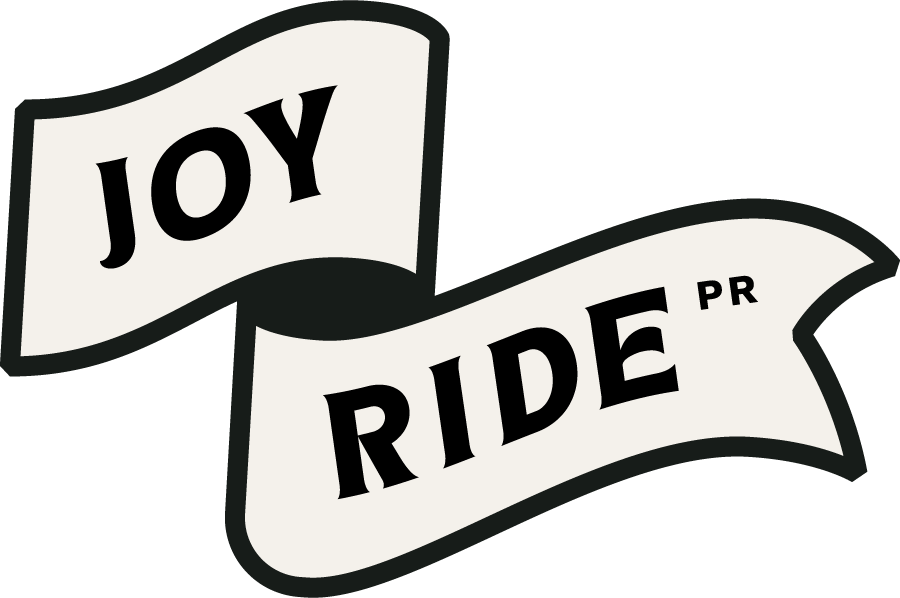How to Leverage Industry Events to Maximize Media Coverage
Industry events like MOVE, CoMotion, and regional auto shows are more than just opportunities to showcase your latest product or technology — they’re a chance to capture the media’s attention and make headlines that resonate long after the event ends. For mobility companies, these events are critical moments to position themselves as industry leaders, secure media coverage, and generate excitement about what’s next.
But with thousands of exhibitors competing for attention, simply showing up isn’t enough. To make an impact, you need a strategic plan to engage journalists, capture media attention, and ensure your brand remains top-of-mind long after the event is over.
Here’s how we do events at Joyride:
1. Pre-Event: Set the Stage Before You Arrive
You can’t wait until you’re on the event floor to start thinking about media coverage. The work begins weeks (or even months) in advance. A proactive approach ensures that when journalists arrive, they already know who you are, what you’re showcasing, and why it matters.
What You Should Do:
Identify the story you want to tell. Is it a product launch, a groundbreaking innovation, or a strategic partnership announcement? Create a compelling narrative that positions your company as a leader in the space.
Identify key journalists and media outlets that will be attending the event. Use platforms like Muck Rack, Cision, or relationships with PR agencies like Joyride to track down who’s coming.
Once you have your story and list of targets, it’s time to pitch. Send personalized emails offering exclusive access to a demo, an interview with your CEO, or a chance to preview your big announcement. The goal is to secure on-site media appointments before you even arrive.
Lock in meetings with reporters to ensure you have dedicated time on their calendar. If you wait until the event starts, their schedules will likely be full.
2. On-Site: Seize the Moment (and the Spotlight)
Once the event is in full swing, every minute counts.
What You Should Do:
Conduct guided media tours of your booth, product demo, or experience. This allows you to control the narrative and provide reporters with the key messaging you want them to focus on.
Invite journalists to participate in hands-on demos or walkthroughs of your product. Seeing it in action is far more compelling than hearing about it.
Journalists work on tight deadlines. Be ready to provide quick responses, additional info, or real-time interviews as needed. Flexibility is key.
If journalists miss the chance to see your demo in person, high-quality visuals can still make your story stand out. Have branded photos and b-roll ready to share.
3. Post-Event: Keep the Momentum Going
The event may be over, but the media coverage doesn’t have to stop. Post-event coverage can often have an even longer shelf life than the event itself — as journalists recap, analyze, and look for unique angles to cover.
What You Should Do:
Send thank-you emails to journalists you met and offer any additional information, images, or video content. This keeps your company top-of-mind as they write their post-event pieces.
Compile a media coverage report to understand the impact of your efforts.
Share media coverage on your company’s social platforms. Tag journalists and media outlets to amplify your visibility.
Write your own blog recaps, create LinkedIn posts, and develop thought leadership content to highlight your presence at the event.
At Joyride, we specialize in helping companies shine at events. From pre-event planning to on-site media tours and post-event follow-ups, we ensure you’re not just another booth in the crowd — you’re the brand everyone’s talking about.
Joyride has compiled the most comprehensive list of key automotive, transportation, and mobility industry conferences, expos, and summits in North America.
